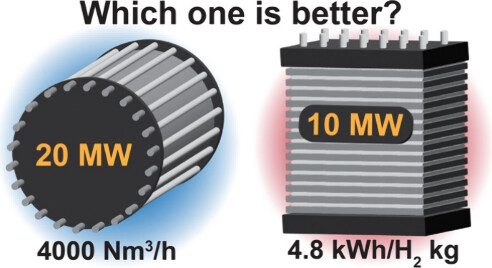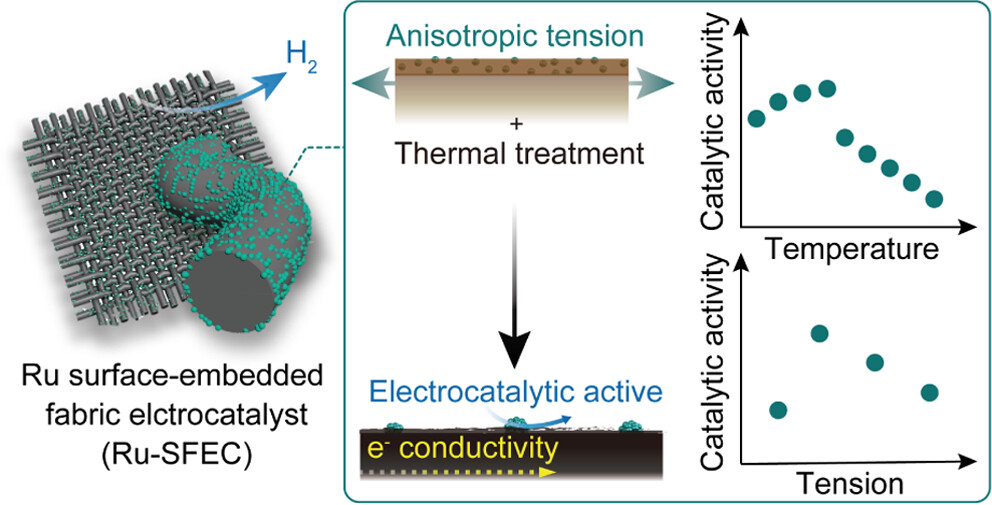Fluoride is widely present in nature, and human exposure to it is generally regarded as inevitable. High levels of fluoride intake induce acute and chronic illnesses. To reduce potential harm to the general public, it is essential to create selective fluoride detectors capable of providing a colorimetric response for naked-eye detection without the need for sophisticated equipment. Here, we report a one-pot synthesis of four different diaminomaleonitrile-derived Schiff base sensors. The terephthalaldehyde adduct provided a strong color change visible to the naked eye at a F– concentration level as low as 2 ppm. From the evaluation against other anions, such as CN–, I–, Br–, Cl–, NO3–, PO43–, OAc–, and HSO4–, the molecular sensor displayed a visible color change exclusively upon exposure to fluoride, underscoring exceptional selectivity. As a key intermediate for understanding the mechanism, HF2– was confirmed by 19F nuclear magnetic resonance. Theoretical calculations suggested a deprotonation-triggered bathochromic shift brought about by the unique electronic structure of the sensor. Furthermore, the simple synthetic protocol from economically accessible materials allowed for the preparation of the compound on a large scale, rendering it a highly practical visual fluoride sensor.





